Print a set of 3 maths mazes for year 6 to practise solving percentage problems.
Practise How to Find the Whole From a Percent
These maths mazes, designed for students in Year 6, challenge students to use their understanding of percentages to find the whole. Each maze features a series of interconnected boxes, with a question in each large rectangle. Students must calculate the answer and then navigate the maze to find the correct path to the end. These mazes are a fun and engaging way to reinforce students’ understanding of percentages and help them develop their problem-solving skills.
An answer key is included with your download to make marking fast and easy!
Tips for Differentiation + Scaffolding
In addition to independent student work time, use this worksheet as an activity for:
- Maths groups
- Lesson warm-up
- Lesson wrap-up
- Fast finishers
- Homework assignment
- Whole-class review (via smartboard)
For students who need a bit of a challenge, encourage students to change values so that a dead-end path leads to the correct answer.
For students who need additional support, allow access to a multiplication chart. Have a laminated proportion solver that students can fill in the blanks to guide them along the process of solving.
🖨️ Easily Download & Print
Use the dropdown icon on the Download button to choose between the PDF or editable Google Slides version of this resource.
Because this resource includes an answer sheet, we recommend you print one copy of the entire file. Then, make photocopies of the blank worksheet for students to complete.
Turn this teaching resource into a sustainable activity by printing on cardboard and slipping it into a dry-erase sleeve. Students can colour in the correct path with a whiteboard marker, then erase and reuse them.
This resource was created by Cassandra Friesen, a Teach Starter Collaborator.



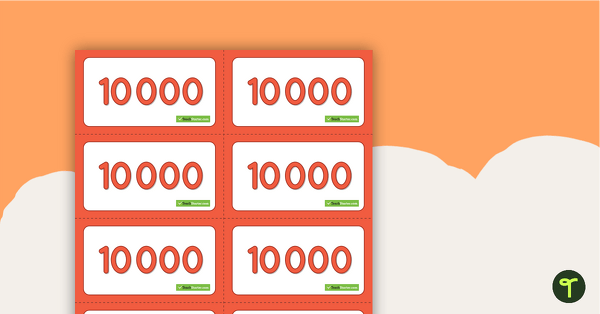

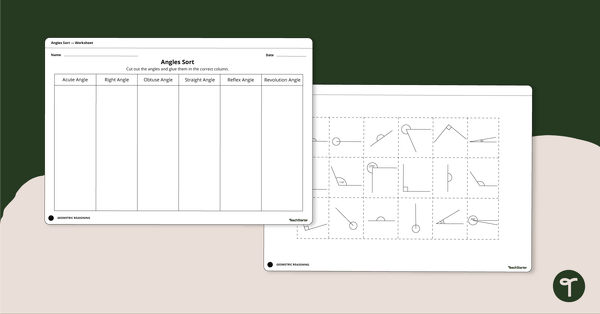
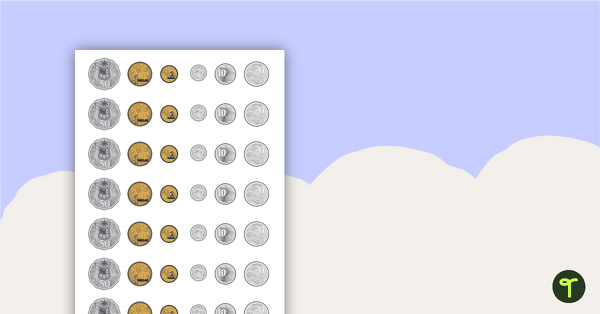

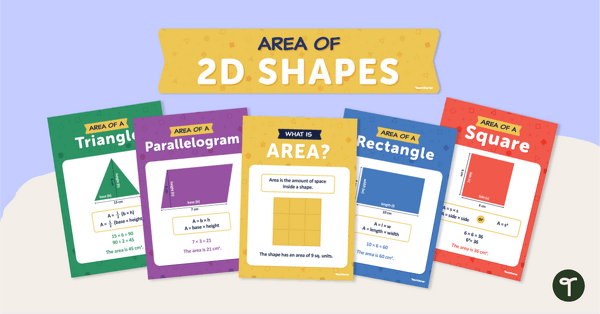

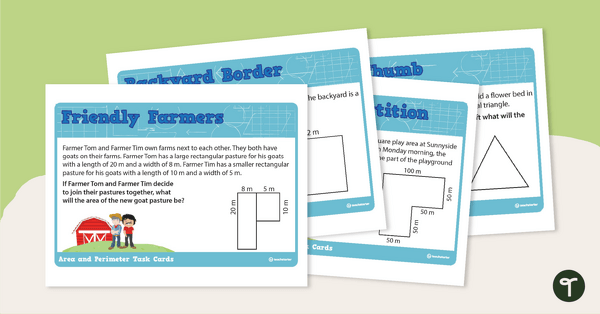

0 Comments
Write a review to help other teachers and parents like yourself. If you'd like to request a change to this resource, or report an error, select the corresponding tab above.